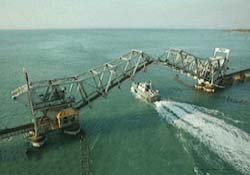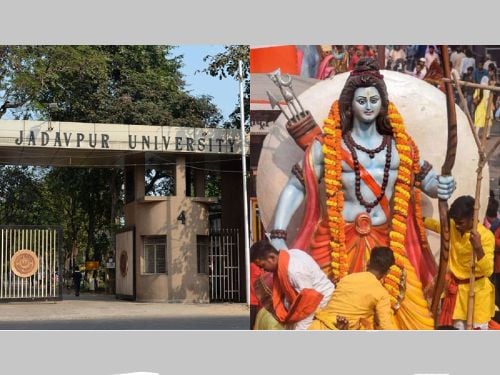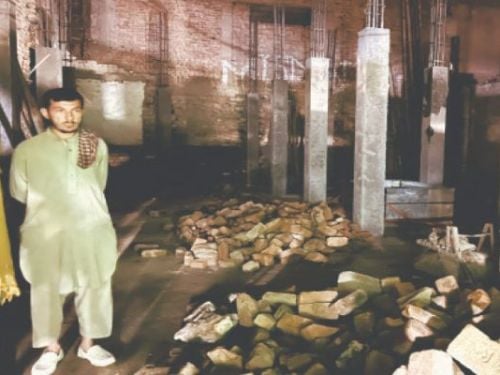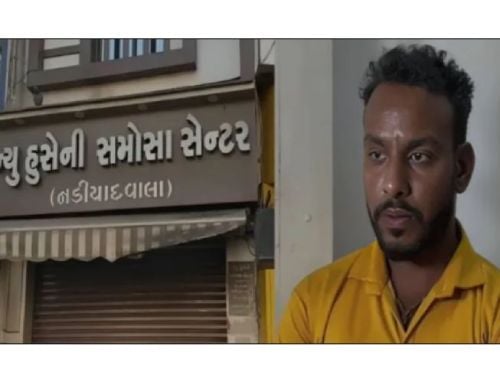
New Delhi: The Sethusamudram Canal project, which will cost the government Rs 2400 crore, is once again mired into controversy, as a new report has questioned its economic viability.
The canal, which will run from the Gulf of Mannar to the Bay of Bengal, plans to create a continuous navigable sea route around the Indian Peninsula, which will drastically cut down shipping time. According to maritime experts, it is a deadweight project and sure to sink.
The report, being published independently by a team of infrastructure and environmental economists, has found huge loopholes in the L&T Ramboll feasibility study, which was commissioned by the government and was the basis on which the project was approved.
Navigation experts point out that in coast to coast travel – from the west to east coast of India – ships could save significantly on time and distance. They can save up to 36 shipping hours by using this canal.
Till now all of these ships had to travel via Sri Lanka. The project was given the go ahead on the premise that almost 70 per cent of its traffic and revenue will come from non-coastal ships, meaning those ships that travel into the country from Europe, Africa and elsewhere.
‘For ships that arrive from Europe and Africa, the savings in distance is on an average half or more of what is claimed in the report. These savings are negligible so why on earth should anyone use the canal. It is completely economically unviable,’ said Jacob John, Infrastructure Economist, Author of the report.
The L&T Ramboll feasibility report had predicted that India would earn a few crore a year from the toll collected from vessels that would use the channel. But now it seems the figure may be a little optimistic.
Project loopholes
According to the report, there are other loopholes as well. The government took a loan from the United States for the project in 2005. Since then interest rates have gone up, so project costs will go up too.
Costs of dredging the channel every year will actually be 10 times the amount conceived by the L&T Ramboll report. To keep carbon deposits in the channel at a minimum, ships will be asked to use a higher quality fuel. This will reduce any running costs saved by ships by taking the shorter route.
‘I was part of the team that assessed the project in the 1980s when I was chairman of the Tuticorin Port Trust. When I left, report was still pending. I expressed my dissent with the project. It is a corrupt project, it does not make nautical sense and it is purely driven on a political basis,’ said V Sundaram, First Chairman, Tuticorin Port.
Perhaps the biggest indicator of the skepticism associated with the project is the lack of business.
The canal will be operational by end-2008 but until now almost no national or foreign shipping companies have signed on the dotted line.
This has prompted experts to further question whether it is worth putting in thousands of crores into a project that’s being questioned even before it’s begun.
Source:
http://www.ndtv.com/convergence
HJS Related Section
> Learn Hinduism
> Save Sree Ram Setu

 Rajasthan: Woman found hanging at a beauty parlour, Arshad, 3 others booked
Rajasthan: Woman found hanging at a beauty parlour, Arshad, 3 others booked Jadavpur Univ revokes permission to celebrate Ram Navami on campus after granting it
Jadavpur Univ revokes permission to celebrate Ram Navami on campus after granting it Andhra Pradesh: Farooq kills mentally challenged Hindu man for insurance money
Andhra Pradesh: Farooq kills mentally challenged Hindu man for insurance money Pakistan: Ancient Hindu temple in Khyber Pakhtunkhwa demolished for commercial complex
Pakistan: Ancient Hindu temple in Khyber Pakhtunkhwa demolished for commercial complex Bihar: Goddess Bhagavati Temple in Araria vandalised and deities damaged
Bihar: Goddess Bhagavati Temple in Araria vandalised and deities damaged Vadodara: Beef supplier Imran Qureshi arrested in beef-stuffed samosa case
Vadodara: Beef supplier Imran Qureshi arrested in beef-stuffed samosa case